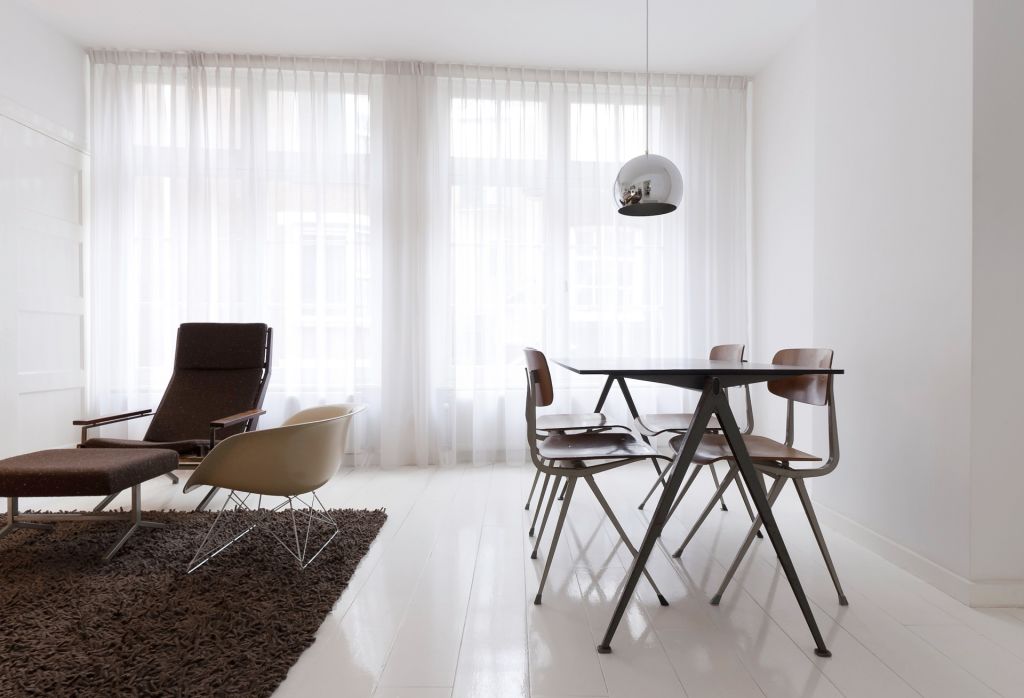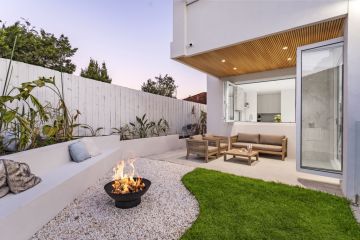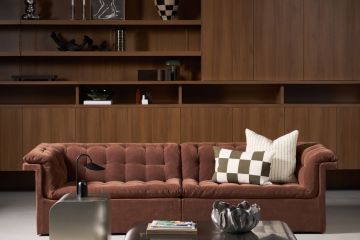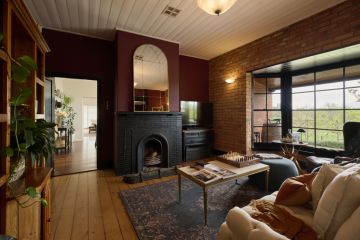Understanding mid-century modern design

Like fashion, interior design goes through trends that reference styles from eras gone by. One era that has been enjoying a serious resurgence over the last decade is Mid-Century Modern. Originating in the mid-20th century, this pared-back, sculptural interior design style is perfect for mixing and matching with contemporary items in your home.
What is Mid-Century Modern design?
While most people will be familiar with some classic furniture designs from this period, such as the Eames lounge chair or Arne Jacobsen’s ‘Egg’ chair, what actually characterises Mid-Century Modern design?
‘Form follows function’ was a popular design theory during the 20th century and the Mid-Century Modern movement embraced functionality. This brought together a mix of organic shapes, clean lines and minimal embellishments. Typical Mid-Century Modern features include:
- sculptural, organic shapes
- clean, pared-back and easy-to-use designs
- simple fabrication from materials such as timber and steel.
Scandinavia, particularly Denmark and Sweden, was home to some of Mid-Century Modern’s most famous proponents, including Arne Jacobsen, Hans Wegner and Finn Juhl. In the United States, Ray and Charles Eames, George Nelson and Florence Knoll were among the leading lights.
After World War II, a Mid-Century Modern movement emerged in Australia. Designers such as Grant Featherston, Clement Meadmore and Lester Bunbury led the local movement, which was influenced by international design trends, new production techniques and materials, and the influx of European immigrants with traditions in furniture making.
The National Gallery of Victoria in Melbourne recently held an extensive retrospective of Australia’s Mid-Century Modern movement. The accompanying book, Mid-Century Modern: Australian Furniture Design, is a wonderful reference if you are interested in the design period.
Where can I find it?
Many original pieces are still around and scouring auction houses, op shops, and retro, vintage and antique stores can lead to fantastic finds. However, competition is rife, so expect to pay high prices. Before you start shopping, use catalogues to research the Mid-Century Modern designers and identify pieces you’re interested in so that you know what to look for.
There are many Mid-Century Modern designs still in production today, including pieces by Fritz Hansen and the Eames. KnollStudio and Herman Miller manufacture furniture to the same exacting standards, though owning a slice of design history can cost a pretty penny.
How to get the look without the price tag?
Like all good design, Mid-Century Modern has been adopted by mass-market companies such as IKEA and Matt Blatt, so if you’re after the simple, organic lines of Mid-Century Modern without the price tag, head to your nearest outlet.
If replicas aren’t your cup of tea, you’re still in luck. Many brands and designers are embracing the clean lines, matte white and raw timber finishes, and minimally embellished styles of the period.
The best thing about Mid-Century Modern furniture is that it suits almost all interiors, no matter the style of architecture, and it can be paired with just about any other item in your design and decoration arsenal.
Image credits:
- Scape Chair1960 by Grant Featherston. Steel, plywood, cowhide, (other materials). Collection of Cameron and Alison Lyon, Melbourne. Courtesy of the National Gallery of Victoria, Melbourne.
- Snelling Line armchair 1946 by Douglas Snelling. Australian hardwood, cotton, metal. Courtesy of the National Gallery of Victoria, Melbourne.
- Stem Dining Chair 1969 by Grant Featherston. Polyethylene, thermoplastic, steel, foam rubber. Courtesy of the National Gallery of Victoria, Melbourne.
We recommend
We thought you might like
States
Capital Cities
Capital Cities - Rentals
Popular Areas
Allhomes
More










